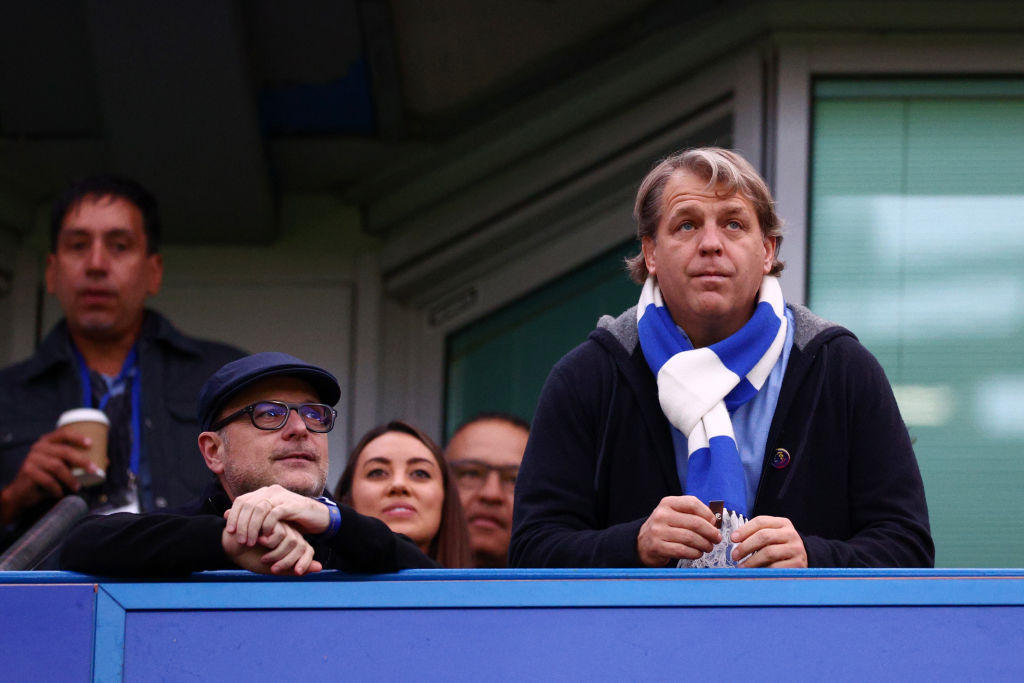Sport business predictions for 2023 with Deloitte’s Tim Bridge

Deloitte’s Tim Bridge looks back on the last 12 months and makes his sport business predictions for 2023.
The final whistle of the men’s football World Cup concluded an epic year for sport which included the Winter Olympics, the Commonwealth Games, the Women’s Euros, the Rugby League World Cup, as well as women’s World Cups in rugby union and cricket.
Off the pitch, we also saw new investors taking leaps into the industry and national conversations sparked on the role sport plays in societal growth.
Looking ahead to 2023, while the calendar may be a little lighter on international tournaments, we’re expecting another stand-out year for sport.
Here are the top three opportunities that we expect sports leaders to focus on.
Women’s sport
The Lionesses’ victory at the Women’s Euros in July was witnessed by record-breaking audiences, inspiring organisations, clubs, communities and content creators across the country to focus more determinedly on growing women’s sport.
The public – and industry’s – consciousness was raised over the demand for world-class female athletes to be celebrated, rewarded and invested in equally to men.
Since then, average attendance in the Women’s Super League has increased by 200 per cent, while the women’s Rugby World Cup final drew a world-record crowd of 42,579, with 1.7m UK viewers tuning in for a 6:30am start time. In the United States, the WNBA basketball league recorded a 16 per cent increase in viewers between the 2021 and 2022 season.
In the boardroom, however, change is slower. In the highest-revenue generating clubs in world football, women fill just 11 per cent of club board seats. In comparison, almost 40 per cent of UK FTSE 100 board positions are now held by women.
In 2023, the industry must continue to focus on building inclusion across sport, while propelling women’s clubs, teams and leagues towards long-term financial sustainability.
Growing women’s sports and female representation in sports business will generate new revenue streams and attract a new generation of audiences, investors and sponsors.
M&A
In the first 10 months of 2022, there were around 200 M&A transactions across sport, according to Deloitte analysis.
US-based sports organisations took the lion’s share of the largest deals – into competitions, leagues and governing bodies. However, 80 per cent of mid-sized deals – typically clubs and teams – were struck with European-based sports organisations.
Strong activity has been underpinned by investors’ confidence in the industry’s resilience during economic uncertainty, alongside a perception that sports assets offer an alternative risk profile for diversified investment portfolios.
In turn, a wave of investor interest has been met warmly by many sports organisations looking to fund ambitious transformation and growth programmes.

Sport is increasingly becoming an asset class that is too large for institutional investors to ignore, due to the size and scale of opportunities available. However, with so many possible entry points – for instance, whether to invest into sports clubs or organisations – it can be a complex sector to navigate.
In 2023, more capital is likely to flow into professional sports, and conversations on financially sustainable strategies and operating models are likely to grow louder. While the opportunities for investors to grasp in sport are enticing, they require tenacity to execute well.
Streaming
Deloitte predicts that in 2023 streamers will spend over $6bn on exclusive major sports rights in the largest global markets. To put that into perspective, in 2021, the combined content spend by all streaming providers was about $50bn.
There is a growing interdependence between streaming providers and the largest sports leagues.
For streaming providers, live sports content is seen as crown jewel content that has the power to attract and – crucially – retain subscribers.
For sports organisations, streaming sites offer the opportunity to monetise their rights further, while pulling the attention of a younger – and sometimes a more international – fanbase.
The fragmentation of rights across platforms does, however, have drawbacks, as it comes with the risk of making it harder for fans to access the sports content when they want to. It may also become more expensive to do so.
For streaming platforms, sports come with their own set of challenges. Sports action tends to be fast-paced and with a higher frame rate than other genres, so it’s technically harder to stream than other broadcasts.
In 2023, issues with latency must be addressed to ensure that sports streaming content is high-action and high-quality, in order to attract high volumes of subscribers.
Tim Bridge is lead partner of Deloitte’s Sports Business Group.